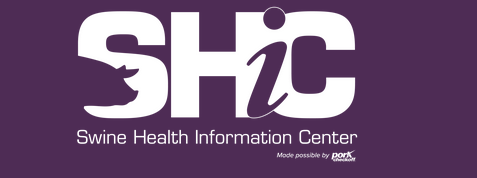
A Swine Health Information Center (SHIC)-funded literature review conducted by the University of Minnesota College of Veterinary Medicine has shed light on the potential impact of High Pathogenic Avian Influenza (H5N1) on swine. The study aimed to assess the risks posed by H5N1 to swine, identify knowledge gaps, and establish research priorities to enhance prevention and response strategies for pork producers.
Dr. Lisa Becton, Associate Director at SHIC, emphasized the timeliness and importance of the review. The study engaged industry stakeholders, including veterinarians and producers, to address pressing questions about H5N1’s effects on swine health.
Key Findings and Research Needs
The review highlighted critical gaps in understanding the clinical presentation of H5N1 in domestic swine. Dr. Becton noted the need for further research on how the virus affects different organ systems, including:
- Respiratory System: Determining whether H5N1 manifests as a respiratory disease.
- Other Organs: Investigating potential impacts on mammary glands, brain, heart, or other organ systems.
Additionally, the study identified priorities in:
- Transmission Dynamics: Understanding how H5N1 spreads among swine and is shed by infected animals.
- Vaccine Development: Exploring immunization options to control the virus if it emerges in swine populations.
- Diagnostic Validation: Ensuring accurate diagnostic tools to detect the virus effectively.
Emphasis on Biosecurity
Dr. Becton underscored the importance of robust biosecurity measures to mitigate exposure risks. Wild birds, while often unaffected by the virus, can act as carriers and shed H5N1, posing a risk to swine operations.
“Understanding the clinical presentation, transmission, and diagnostic needs is critical for the industry to be proactive in addressing H5N1 risks,” said Dr. Becton.
Next Steps
This literature review provides a roadmap for future research and highlights the industry’s commitment to safeguarding swine health. The findings will guide SHIC and other stakeholders in prioritizing areas of study to protect the pork industry against potential threats from H5N1.
For more information, visit Farmscape.ca. Stay updated on swine health insights and industry news at Swine Web.





